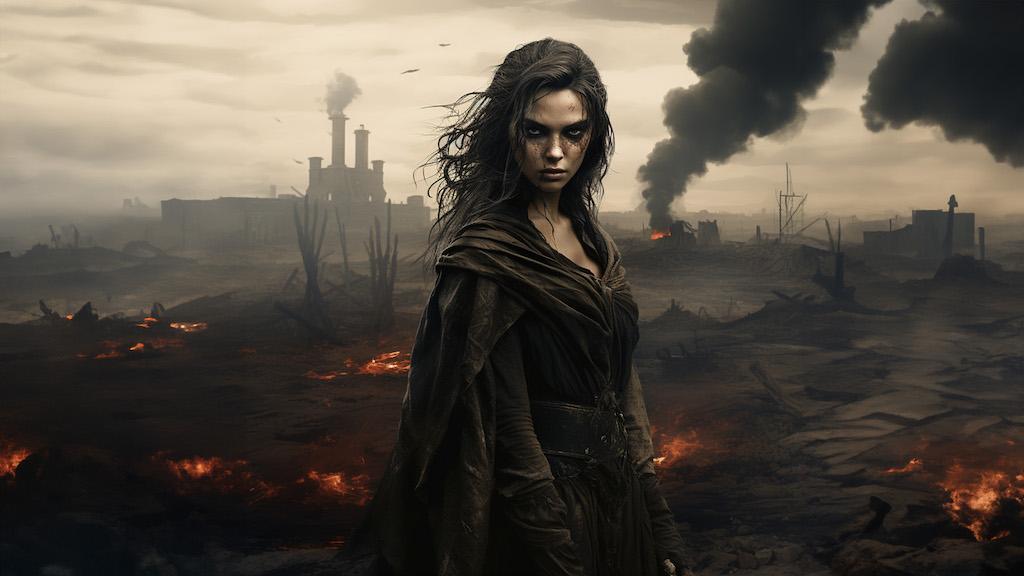Ecohorror: Learning From Mutant Monsters and Killer Plants
Oct 26, 2023 —

Since Godzilla crawled out of the ocean in 1954, a monstrous consequence of the atomic age, ecohorror has given modern audiences an imaginative way to grapple not only with our primal fear of nature — but also with our complicated feelings about humanity’s impact on the environment.
This subgenre of horror, in which people face the wrath of nature and its emissaries, has never been more popular — driven in large measure by climate change anxiety and showcase titles such as the hit video game and HBO series The Last of Us.
For many, ecohorror offers a safe outlet for our tangled and difficult feelings about climate change. The heroine of ecohorror comic Dark Fang, for example, sets out to solve the fossil fuel problem — or at least avenge beaches blighted by an oil spill — by attacking oil company CEOs, said Brianna Anderson, a Marion L. Brittain Postdoctoral Fellow in the School of Literature, Media, and Communication.
“Ecohorror is great at expressing the rage and fear that people have about environmental issues, at the inadequacy of contemporary environmental movements,” Anderson said. “In the 1980s, we thought everything would be okay if we recycled, right? But now we know that’s absurd, that it’s not even close.”
Stephanie N. Kadel
Ivan Allen College of Liberal Arts




